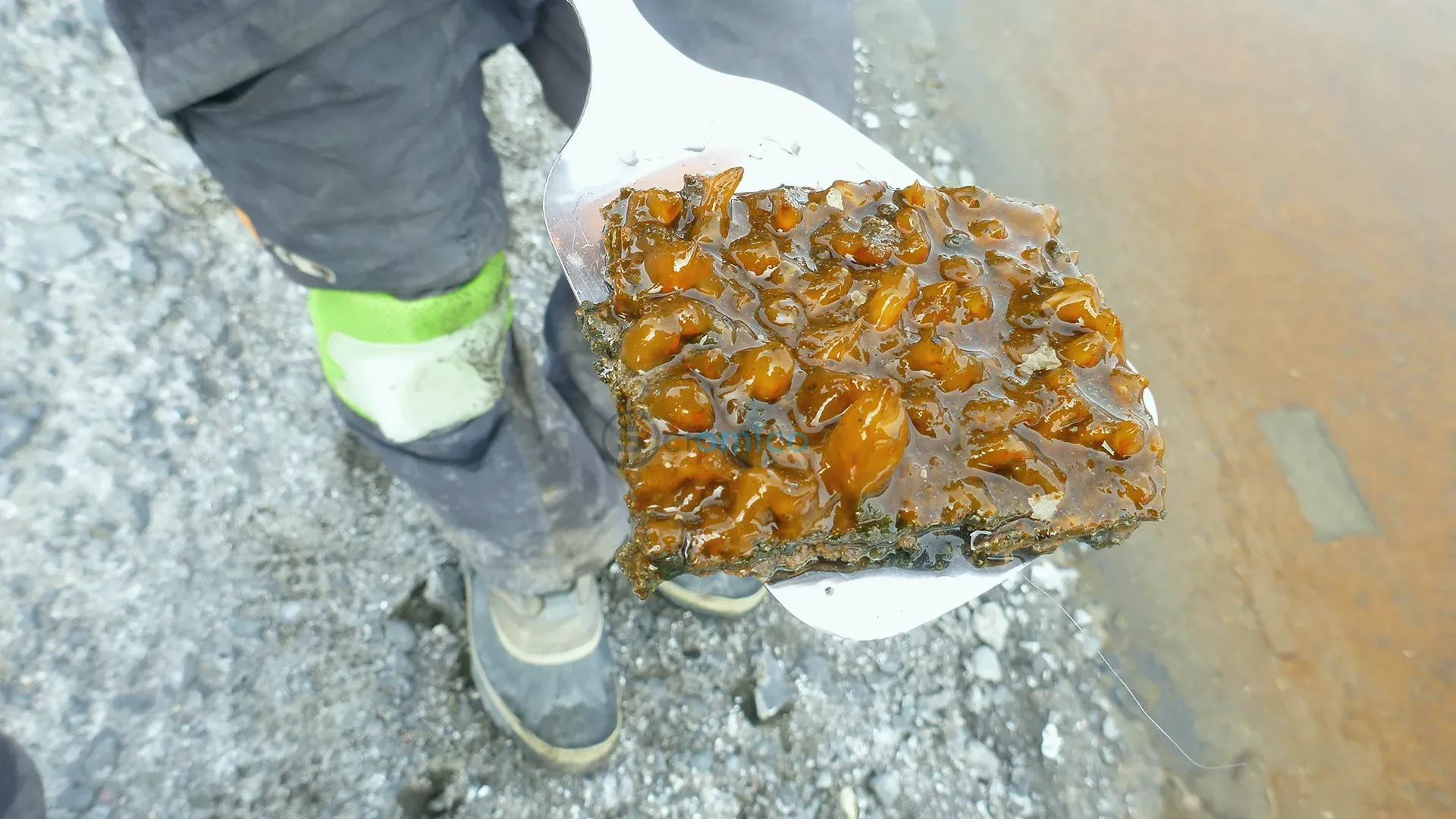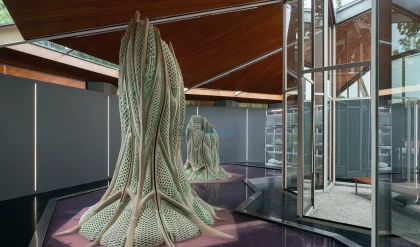
MIT scientists have recently unveiled a fascinating theory concerning the survival of life on Earth during the harsh conditions of the “Snowball Earth” periods, believed to have occurred between 635 and 720 million years ago. During these times, much of the planet was encased in ice, presenting extreme challenges for the survival of life forms. The researchers propose that meltwater ponds, which formed on the icy surface, may have provided crucial refuges for ancient cellular life.
In a study published in Nature Communications, the team highlights how eukaryotes—complex cell types that eventually led to the rich biodiversity of life we see today—may have persevered within these shallow water pools. These oases could have existed on top of relatively shallow ice sheets in equatorial regions. The accumulation of dark-colored dust and debris on the ice surface allowed it to melt more effectively, creating ponds of meltwater at temperatures just above freezing. These meltwater ponds might have constituted habitable environments for early forms of complex life.
The researchers based their conclusions on the analysis of contemporary meltwater ponds, specifically in Antarctica, where small pools formed along the edges of ice sheets could mirror conditions found in equatorial ice sheets during Snowball Earth. By examining samples from various meltwater ponds on the McMurdo Ice Shelf, which had been noted for its “dirty ice,” the scientists discovered a wealth of eukaryotic life across these different ecosystems. Each pond hosted unique communities of eukaryotes, showcasing a surprising range of biological diversity. Notably, the salinity of each pond influenced its biodiversity, with brackish ponds exhibiting distinct communities compared to their fresher-water counterparts.
Lead author Fatima Husain, a graduate student at MIT’s Department of Earth, Atmospheric and Planetary Sciences, expressed excitement about these findings. “We’ve shown that meltwater ponds are valid candidates for where early eukaryotes could have sheltered during these planet-wide glaciation events,” she stated. “This highlights life’s remarkable resilience.”
Snowball Earth refers to significant glaciation events during the Cryogenian Period, wherein the planet’s surface could have been frozen solid or partially covered by ice. There is ongoing debate regarding whether Earth was a complete “snowball” or a more slushy state. Nevertheless, it is clear that conditions were so extreme that global temperatures plummeted to an average of minus 50 degrees Celsius. Researchers have long been intrigued by how life managed to endure during such protracted freezes.
Husain noted, “We see evidence for eukaryotes before and after the Cryogenian in the fossil record, but we largely lack direct evidence of where they may have lived during that time.” Amidst various hypotheses about potential refuges during Snowball Earth—such as patches of open ocean or deep-sea hydrothermal vents—the team posited that meltwater ponds might have also supported early forms of eukaryotic life.
The researchers created a substantial foundation for their study by analyzing the structure and composition of microbial mats found in those ponds. The mats consist of complex communities, shedding light on which eukaryotic organisms can endure in extreme conditions. By identifying specific lipids and genetic components in the microbial mats, the team observed a rich tapestry of eukaryotic life, underscoring that these environments likely served as critical habitats during tumultuous eras of Earth’s history.
Husain concluded, “No two ponds were alike. The diversity of eukaryotic life underscores the potential for such environments to have fostered the survival of the ancestors of today’s complex life forms, including humans.” This research is a significant step in understanding the origins and resilience of life on Earth, supported by various scientific grants and collaborations that further explore life’s beginnings.
Reference:
- Fatima Husain, Jasmin L. Millar, Anne D. Jungblut, Ian Hawes, Thomas W. Evans, Roger E. Summons. Biosignatures of diverse eukaryotic life from a Snowball Earth analogue environment in Antarctica. Nature Communications, 2025; 16 (1) DOI: 10.1038/s41467-025-60713-5






